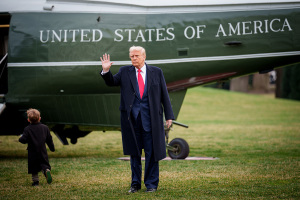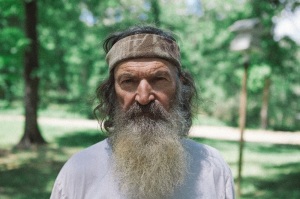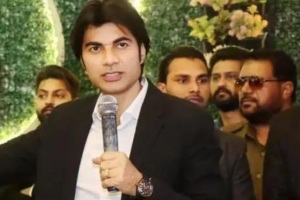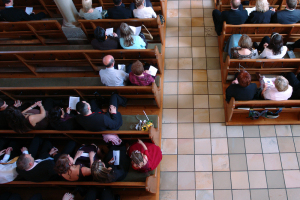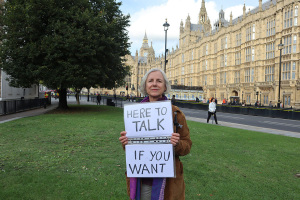Study: Student Views Shift Left in College
On issues such as abortion, gay "marriage" and religion, college students shift noticeably to the left from the time they arrive on campus through their junior year, new research shows.
The reason, according to UCLA's Higher Education Research Institute, isn't indoctrination by left-leaning faculty but rather the more powerful influence of fellow students. And at most colleges, left-leaning peer groups are more common than conservative ones.
After college, students — particularly women — move somewhat back to the right politically.
The research is the latest of several efforts by academics to lend analytical rigor to an emotional debate. Overall, college faculty lean left politically, but there's sharp disagreement on whether they impose their views on students. The UCLA researchers are among several social scientists who have tried to undermine the argument that students respond strongly to their teachers' opinions.
Overall, students were nearly as likely after three years of college to call themselves "conservative" or "far-right," according to findings, and only somewhat more likely to call themselves "liberal" or "far left."
On specific policy questions, they moved to more liberal positions.
Sixty percent of the college juniors said they support legalized abortion, up from 52 percent who said so as freshmen. The percentage supporting "legal marital status" for gay couples rose from 54 to 66. The percentage supporting increased defense spending fell from 34 to 25.
"People are moving out of the center to the left during college," said one of the researchers, Alexander Astin.
Studies dating back decades have noted the trend of college students moving to the left during their college careers. But finding a representative snapshot of overall college opinion is difficult, because colleges have such varying student bodies.
The new figures from UCLA — which has been tracking attitudes of freshmen for more than 40 years — give a fresher and, the authors contend, more valid portrait. Based on a sample of nearly 15,000 students who entered 136 colleges in 2004, the results are carefully weighted to represent the full college population. Unlike some other such surveys, UCLA was able to pose its questions to the same students when they started college and after junior year.
The responses came over a time of deepening unpopularity for the Bush administration and Republicans generally. But Astin said the data show a clear effect from being in college, not just a national trend. In particular, in a separate, not-yet published paper using similar data, he and colleague Nida Denson claim to isolate the changes to students' exposure to left-leaning peer groups.
Right-leaning students tend to concentrate at a smaller number of colleges. So at most colleges, there are more left-leaning peer groups, and students on balance move leftward.
"If you find yourself in a peer group where on balance the attitudes lean left, you'll tend to move in that direction," Astin said.
The UCLA research follows recent work by Gordon Hewitt of Hamilton College and Mack Mariani of Xavier University, and three authors of a new book called "Closed Minds? Politics and Ideology in American Universities." Both groups claim to represent a range of personal political views, but both generally conclude claims of classroom bias and indoctrination are overstated.
Daniel Klein, a libertarian economics professor at George Mason University in Virginia and a critic of the influence of left-leaning college professors, said too many students aren't offered a wide range of viewpoints in their classes. He said it's "a tragedy that they're not being exposed to more of the good stuff."
Among other findings:
• The percentage of students who support laws prohibiting homosexual relationships fell 10 points, from 31.5 percent to 21.5 percent after three years of college.
• The percentage who never attend religious services nearly doubled to 37.5 percent.
• There were exceptions to the leftward trend. A majority continued to support the death penalty, though the percentage saying it should be abolished rose 5 points to about 37 percent. On taxes, the percentage strongly agreeing the wealthy should pay a larger share rose slightly, but there was otherwise little change.
Looking at an earlier part of the study cohort, the researchers have found the percentage calling themselves "liberal" or "far left" rose from 24.0 percent to 29.9 percent six years after graduation, but the percentage choosing "conservative" or "far right" increased from 28.1 percent to 31.6 percent.
Essentially, fewer students called themselves middle-of-the-road, and they dispersed about equally in each direction after graduation. Still, the group identifying as "conservative" gained the most of any group.
















